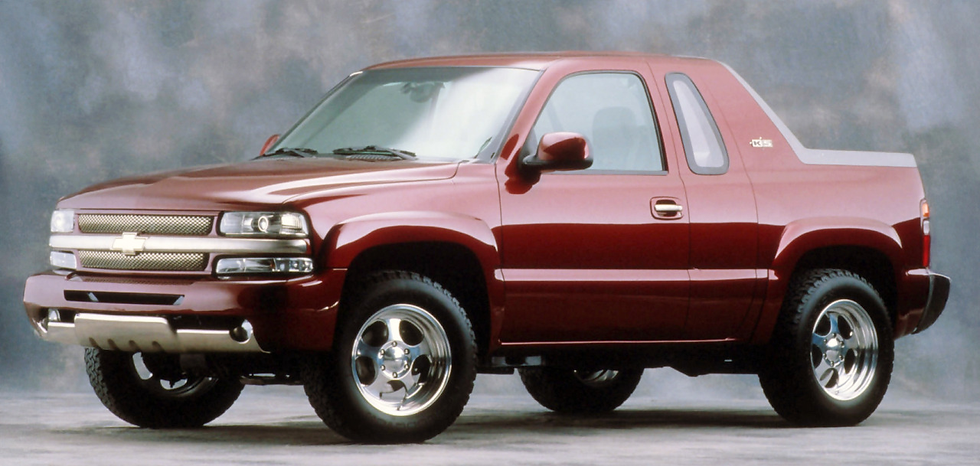2005 Mercury Meta One Concept
- Story Cars
.png/v1/fill/w_320,h_320/file.jpg)
- May 14
- 2 min read
The 2005 Mercury Meta One Concept was a forward-looking sport wagon that embodied Ford’s vision for the future of safety, hybrid powertrains, and high-tech interiors. While Mercury remained a lesser-known name outside North America, the Meta One exemplified the brand’s technological ambition and design evolution.
Visually linked to the Ford Freestyle crossover, the Meta One featured more refined and progressive styling, transforming it into a vehicle with broader appeal to younger, tech-savvy buyers. But beneath the sleek exterior lay the true innovation.
Its powertrain combined a twin-turbocharged V6 diesel engine with an electric motor, delivering an impressive 284 horsepower and 431 lb-ft (584 Nm) of torque—performance comparable to a V10. This diesel-electric hybrid system also ran on a synthetic biofuel developed in collaboration with BP, aiming to drastically reduce emissions and environmental impact.
Safety was a core theme of the Meta One. The vehicle was equipped with a suite of advanced electronic systems, including Lane Departure Warning, which vibrated the driver’s seat when unintentionally drifting across lane markings. The Collision Mitigation by Braking (CMBB) system could automatically apply the brakes if a frontal collision was imminent, though ultimate control remained with the driver. Roll Stability Control added another layer of protection, especially important for SUV-style vehicles.
Inside, the Meta One featured a futuristic six-seat cabin packed with technology. Four full-color screens dominated the dashboard, one of which replaced traditional gauges and allowed drivers to customize their display. Passengers could stream video via satellite or access the internet using onboard Wi-Fi. The inclusion of a smart navigation system with real-time traffic data added further practicality to its digital arsenal.
Though Mercury hinted at production within a year or two, the Meta One ultimately remained a concept. Its innovations, however, anticipated many features that would become commonplace in modern vehicles—especially in terms of safety, hybridization, and in-car connectivity. While it never reached Europe, its influence can still be traced in Ford’s subsequent technological offerings.

































Comments